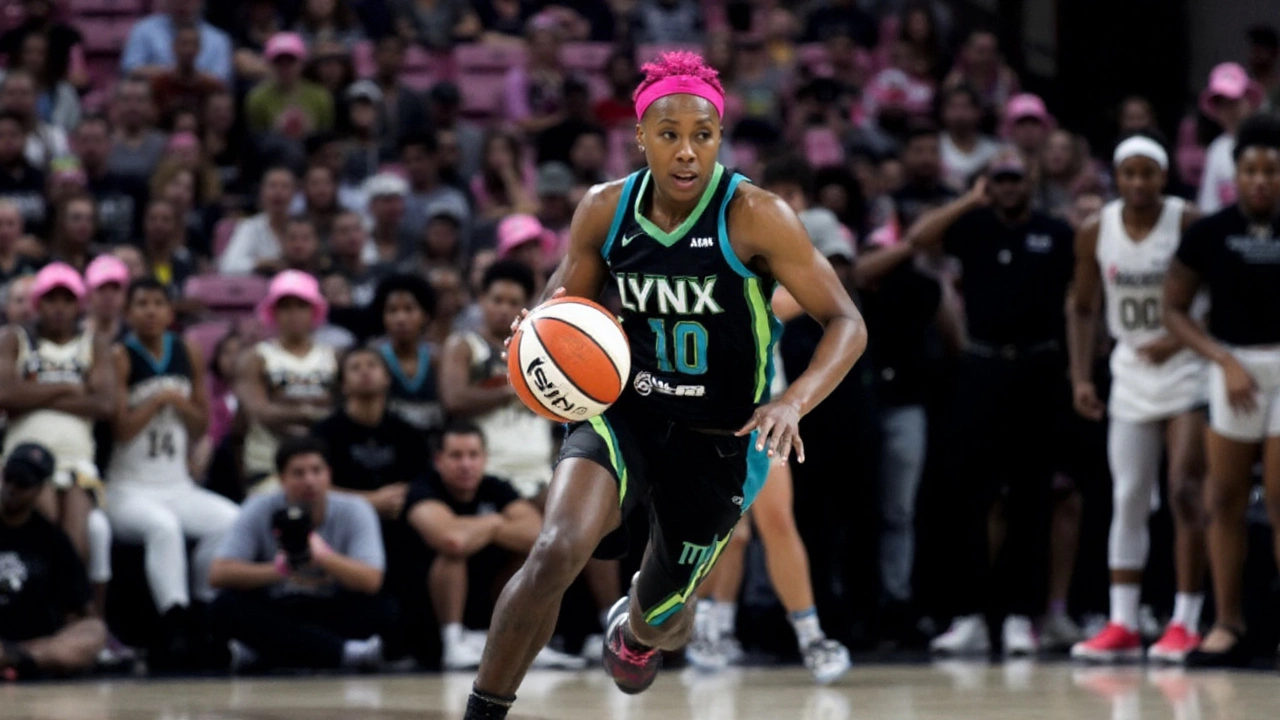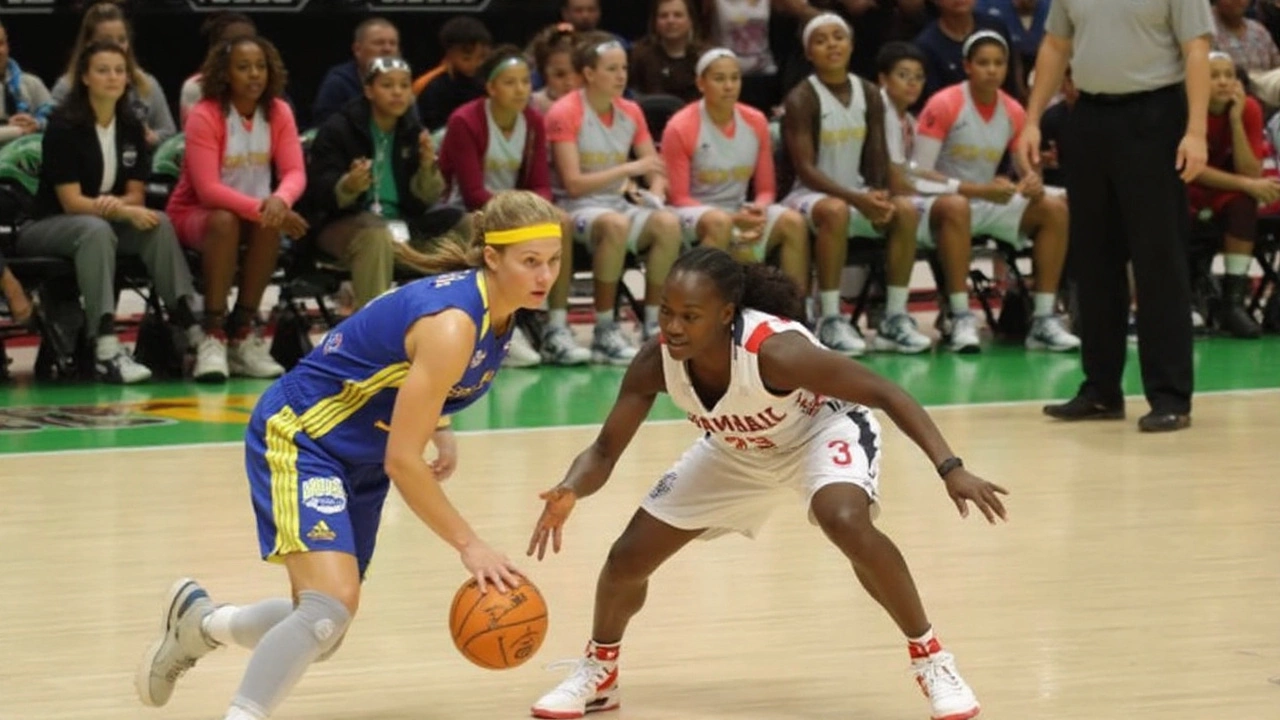The WNBA just changed the stakes. For the first time, the Finals can stretch to seven games, a shift that rewards depth, coaching adjustments, and the long game. Add a brand-new playoff design and an expansion team making the bracket in year one, and you get a postseason that feels like a reboot. The 2025 WNBA Playoffs don’t just crown a champion—they test every layer of how a modern roster is built.
The bracket opened with heavy hitters facing off early—Seattle versus Las Vegas among the headline draws—while Minnesota, Las Vegas, Atlanta, and New York seized early edges. None of those leads look fully safe. The field is crowded with teams that can steal a road game, flip a series with a hot shooting night, or smother an opponent with a new defensive wrinkle after 48 hours in the film room.
Why this year feels different
The best-of-seven Finals is the clear pivot point. Shorter series can reward variance; a cold quarter can swing a title. Seven games drag teams into the deep water. Rotations expand. Bench bigs matter. The second unit’s shot creation matters. Matchups get solved and re-solved. It’s a format that usually brings the better team to the surface, but it also extends the window for underdogs to land counters, especially if they can stretch a favorite’s minutes and make endurance part of the calculus.
The playoff format itself got a reset. The league steered away from anything that felt like one-and-done chaos and leaned into true series basketball. Home-court is more balanced across rounds. Travel is spaced to protect recovery. The design aims to reduce randomness, keep stars on the floor deep into May and June, and make every round feel like a proper chess match instead of a coin flip.
Then there’s the newest twist: the Golden State Valkyries not only launched but played their way into the postseason. That’s a first for an expansion team. It speaks to how talent is flowing into the league—elite rookies ready on day one, veterans finding second peaks in the right roles, international depth tightening the middle of rosters. It also says something about the scouting and analytics arms race. The Valkyries didn’t luck into this; they built a defensible identity fast and held it through the grind.
Parity sets the tone. The Aces aren’t going anywhere—they still carry the aura of a team that expects June basketball—but the Liberty’s star power travels, the Lynx have the kind of defense that ages well in a series, the Dream’s guards can heat up in a hurry, and the Storm’s top-end shotmaking can flip a game in three minutes. Early advantages are real; inevitability is not.
Health, as always, lurks behind every storyline. Several teams managed long stretches without key pieces and still landed top-half seeds. Others kept their cores intact and used the regular season to build lineup continuity. Either way, bench players with 10 to 15 reliable minutes can decide a series. The margin between great and good is tight enough that one productive stretch from a reserve can change the bracket.

Seven storylines making history
First-ever best-of-seven WNBA Finals. This is the big one. It harmonizes the championship stage with the NBA’s format and raises the bar for endurance, counters, and coaching flexibility. Expect more game-to-game adjustments, tighter late-game execution, and series that swing on lineup chess—three-guard looks versus jumbo wings, switch-heavy schemes against post hub offenses, and the nonstop hunt for the weakest link.
Golden State Valkyries make the playoffs in year one. Expansion teams usually spend a season learning how the league punishes small mistakes. Golden State skipped that script. They defended with purpose, found shots early in the clock, and built a rotation with defined roles. That debut sends a clear message: with the right scouting, cap planning, and player development, an expansion team doesn’t have to accept a multi-year runway.
A redesigned playoff format with fewer pressure spikes and more basketball. The new bracket reduces single-elimination volatility and leans into series that let quality show. It evens out home-court patterns and creates cleaner rest windows, so teams can actually practice—and install counters—between games. The result is a better test and a better watch.
The deepest field of contenders in years. Multiple teams can win the title without it being a fairy tale. Lower seeds aren’t cannon fodder; they’re schematically dangerous. With so many lineups capable of switching, driving, and spacing, stylistic flexibility becomes a weapon. The gap between a two-seed and a six-seed feels like a matchup conversation, not a talent gulf.
Heavyweight matchups right out of the gate. The opening slate gave us showpiece series like Seattle vs. Las Vegas, and the early scorelines favored teams like the Aces, Lynx, Dream, and Liberty. That jump-starts the intensity. If you’re a top seed, you can’t stash sets for later rounds. If you’re chasing, you throw the kitchen sink now—pressing, zone looks, trick inbound plays—because there might not be a later round.
Superstars at their apex and the counters built to stop them. Breanna Stewart remains a matchup problem who forces help, rotates defenses, and warps spacing. A’ja Wilson bends coverages in the paint and now punishes doubles with improved reads. Guards who can pull from 28 feet open the floor for slashers and cutters. Expect teams to toggle between drop, switch, and blitz, and then stash wrinkle sets—ghost screens, Spain pick-and-rolls, inverted actions—to shake free one clean look when it matters.
Survival stories that sharpened teams for the moment. Several clubs patched lineups through injuries and kept winning—using 10-day call-ups, rookie minutes, and veteran glue to stay on plan. That stress test pays off now. Cohesion built in January shows up in May when a second unit needs to win a six-minute stretch to steal a road game.
Zoom into the matchups and you see how quickly the ground can shift. New York leans on Stewart as a fulcrum, but the Liberty’s spacing only truly hums if the guards force closeouts and the corners stay honest. Las Vegas can bludgeon opponents around the rim and still sprint into early-clock threes; the hard part is deciding which coverage to live with when Wilson and the shooters are in rhythm.
Minnesota’s edge is physical defense and a willingness to win ugly possessions. Long, active help shrinks the paint. If the Lynx hit just enough threes to keep that defense loaded, they wear teams down over a series. Atlanta wants pace and pressure. When the Dream’s guards string together stops, they run teams into fouls and force bench players into heavier minutes than planned.
Seattle’s path runs through elite shotmaking and late-game execution. The Storm can flip a quarter with a hot perimeter run, but their ceiling rises when they stack stops and get to their early offense before the opposing defense gets matched and set. Golden State’s case as the newcomer hinges on role clarity—switchable wings, a screening big who can roll and short-roll, and guards who hit the paint. That profile travels in the playoffs because it creates multiple ways to score when Plan A gets walled off.
Coaching may be the swing vote. With the Finals stretched to seven, the advantage shifts toward staffs that bank counters. Game 2 is for adjustments, Game 3 is for counters to the adjustments, and by Game 5 you’re deep in the bag—decoy actions, pre-switching to protect a vulnerable defender, and after-timeout plays designed for a single possession.
There’s also the human side. A longer Finals schedule changes how stars manage energy. It changes how trainers structure recovery, how video teams slice tendencies, how teams choreograph rotations to steal rest without losing rhythm. Margin management becomes as important as momentum.
What should fans watch for? A few tells. If a team wins the turnover battle and the free-throw gap on the road, that’s a series alarm. If a coach starts hunting mismatches earlier in the shot clock, they’ve found something exploitable. If a defense starts top-locking shooters and living with slips to the rim, they’re betting your bigs can’t make one more pass under pressure.
No one is coasting. Early advantages from the Aces, Lynx, Dream, and Liberty set a tone, but the bracket has enough volatility to keep every series live. The new format, the seven-game Finals, and an expansion team elbowing into the party all point to the same truth: this postseason isn’t an event to watch around; it’s one to live inside, game by game, adjustment by adjustment.
